Research Project – How to save fish from dying…

A new technological solution to prevent the environmental effects of gas supersaturation downstream of hydropower plants has been undertaken as Hydrocen as the projects host, with funding from the Norwegian Research Council.
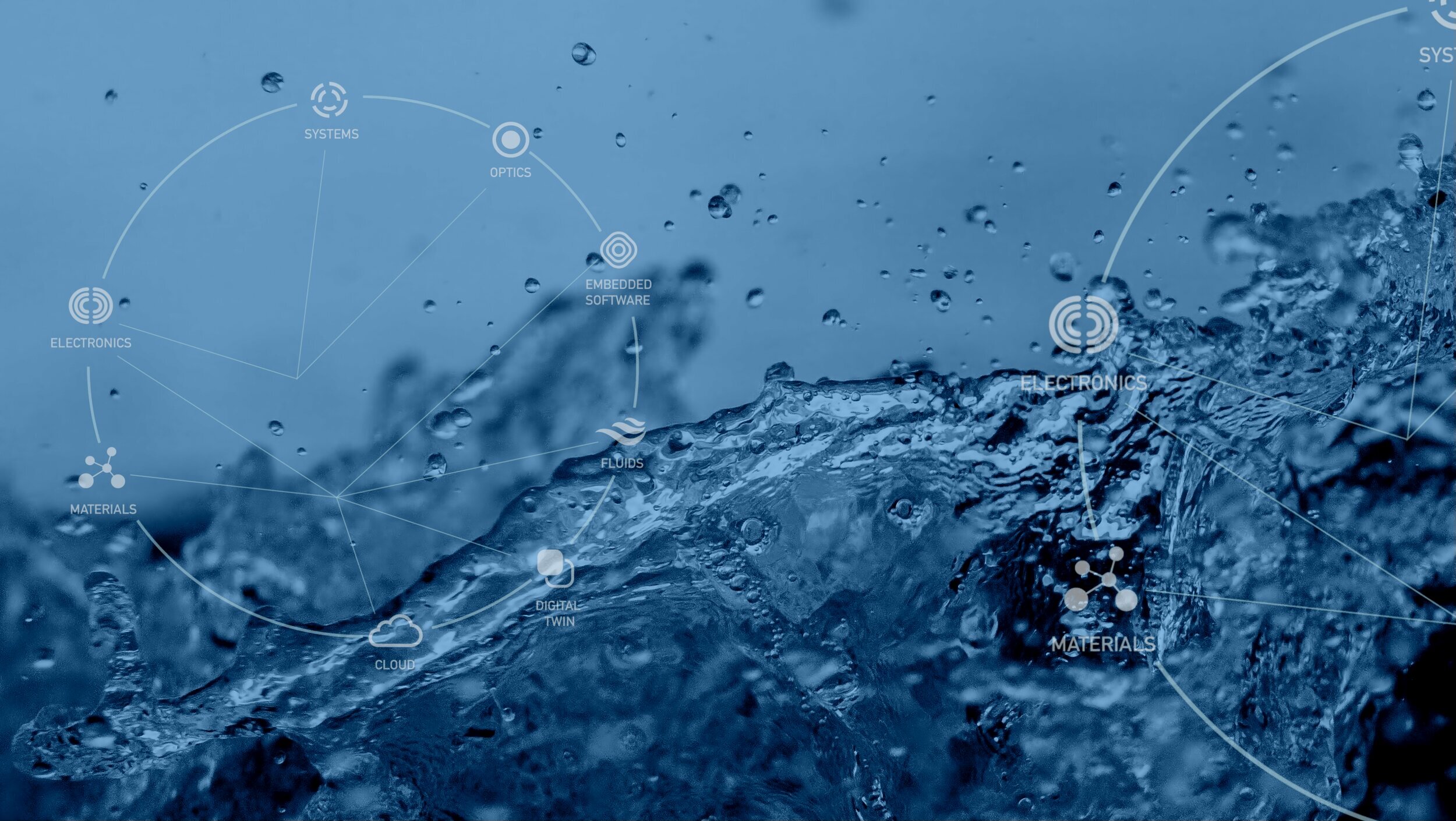
There have been several incidents of gas supersaturation in Norwegian watercourses which have resulted in fish dying due to “diving disease”. This occurs when a lot of air is mixed into hydropower tunnels from stream intakes during periods of heavy rainfall. Currently, there is a lack of technical solutions to prevent gas supersaturation from taking place, and this project aims to develop a technical solution that can be installed in the hydropower plant downstream of the turbine.
Develop a technical solution for the use of ultrasound to reduce gas supersaturation
Map the properties of the new system through testing in the Hydropower Laboratory
Develop a numerical model that predicts the reductions in supersaturation in different types of hydropower plants and below different saturation levels
Evaluate the value of the developed system by comparing predicted reductions and ecological tolerance levels for gas supersaturation.
Water turbines can cause levels of gas supersaturation that are not tolerated by aquatic fauna. Degassing using ultrasound can be a useful and practically feasible solution.
Degassing of water using ultrasound was first discovered and later developed by Olle Lindström. He investigated ultrasonic degassing and its relationship to cavitation in water. Lindström suggested that ultrasonic degassing is caused by diffusion of dissolved gas into the cavitation bubbles, their oscillation and growth and finally buoyancy to the surface.
The mechanism of ultrasonic degassing is based on the fact that liquids always contain stable bubbles of gas on the surface of microparticles. When these are affected by ultrasound, the size of the bubble increases because gas dissolved in the liquid will be attracted to these bubbles. When these bubbles reach a certain size, they float to the surface. This method is very effective due to low energy consumption, and can be used in all areas of industrial treatment. The method is widely used in the food industry today.
We do not know that there have been previous attempts to use ultrasound to degas air-saturated water in hydropower plants. This research will generate basic knowledge about the use of ultrasound to reduce gas supersaturation in water, and it will contribute with a concrete solution to the problem of gas supersaturation in existing hydropower plants.
The project will establish a collaboration with the ongoing NFR project SUPERSAT, which, among other things, develops ecological limit values for gas supersaturation
Reach out to Dr. Love Håkansson to discuss this further!
PROJECT PARTNERS

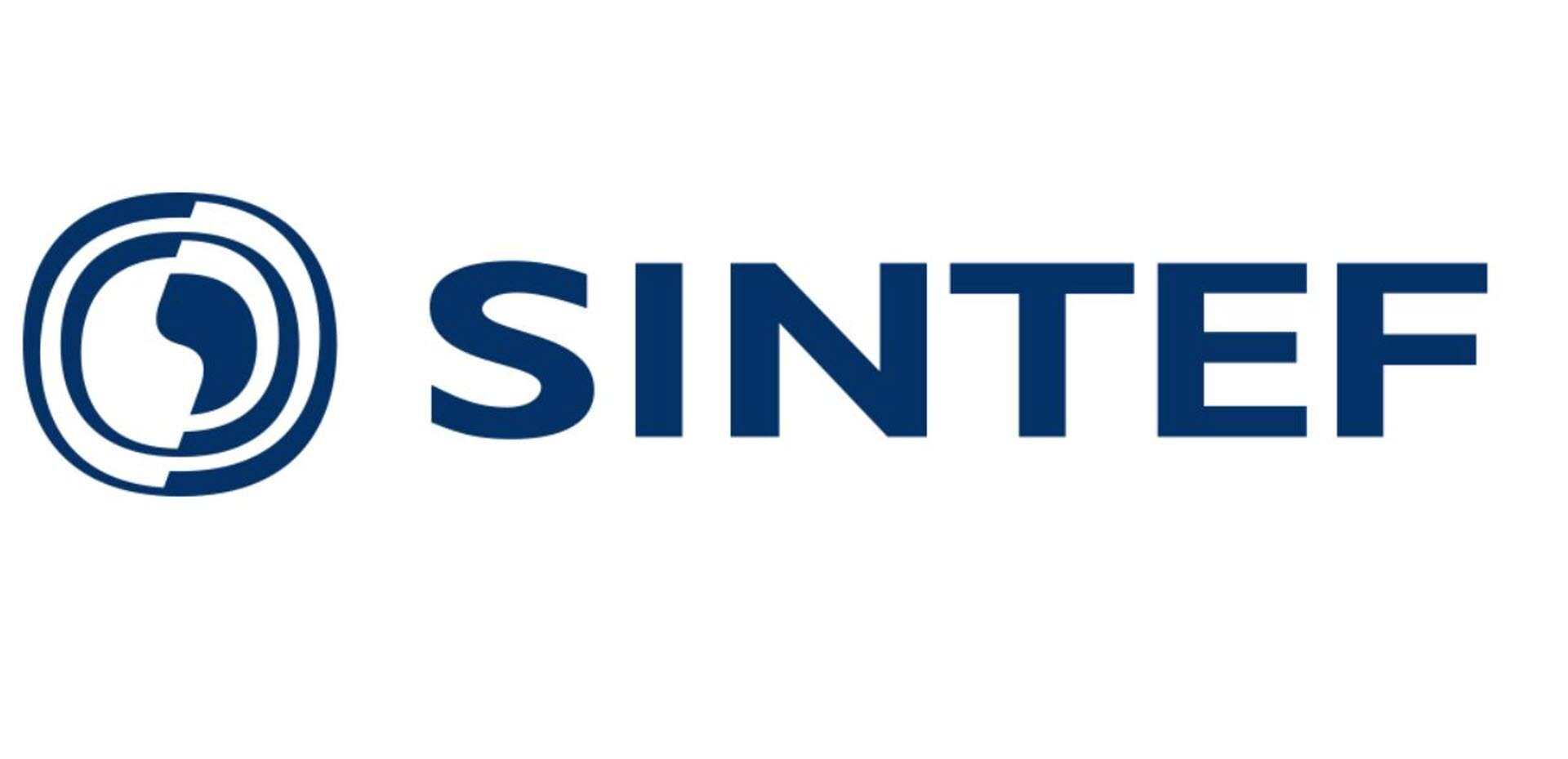

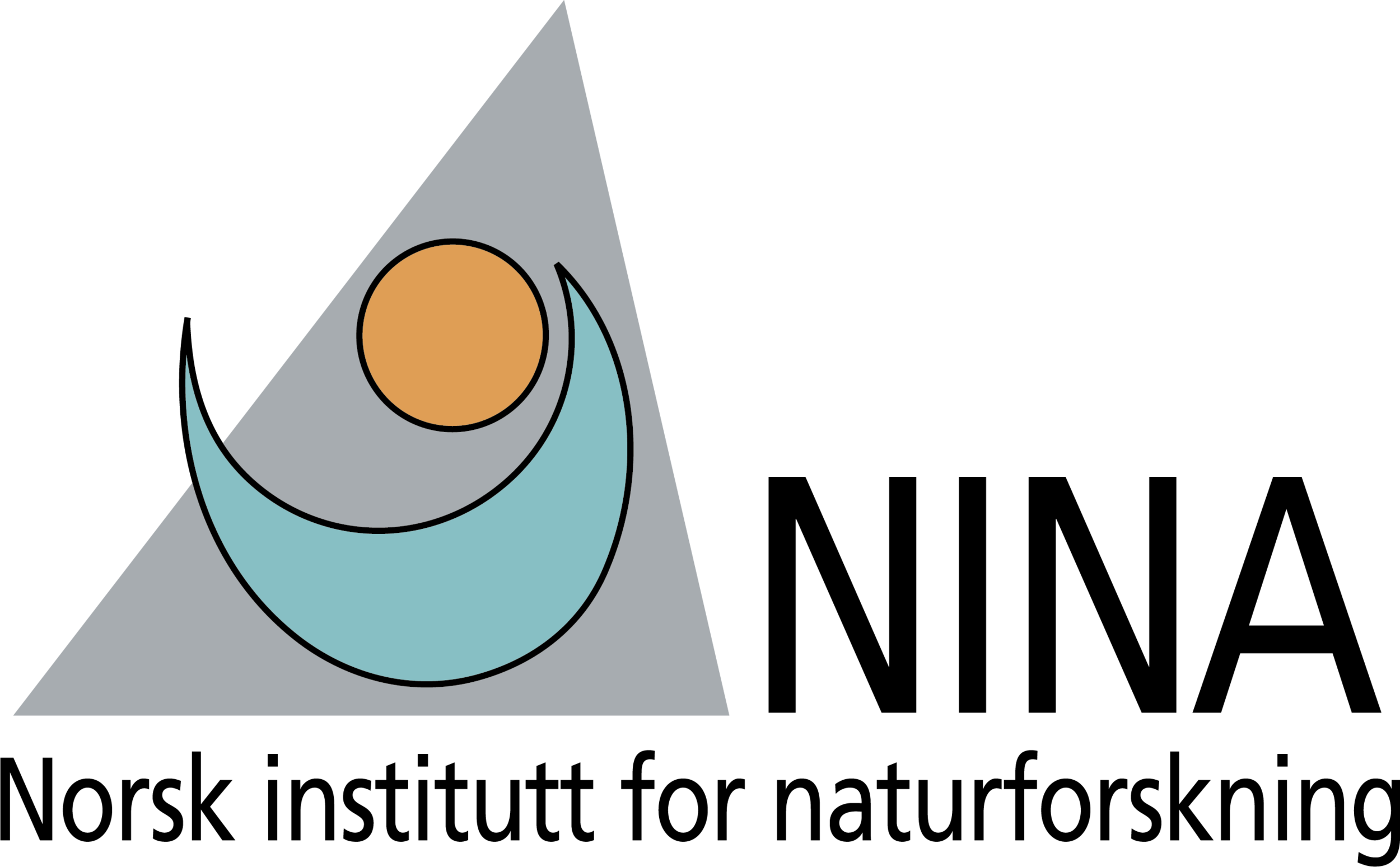

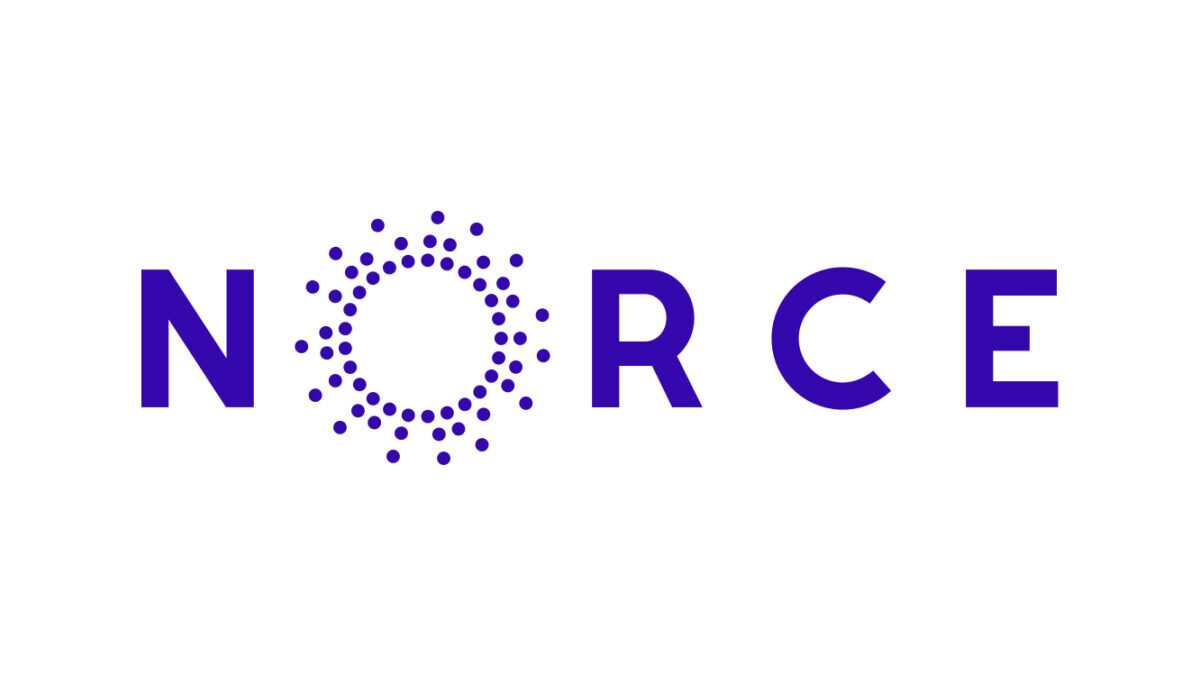
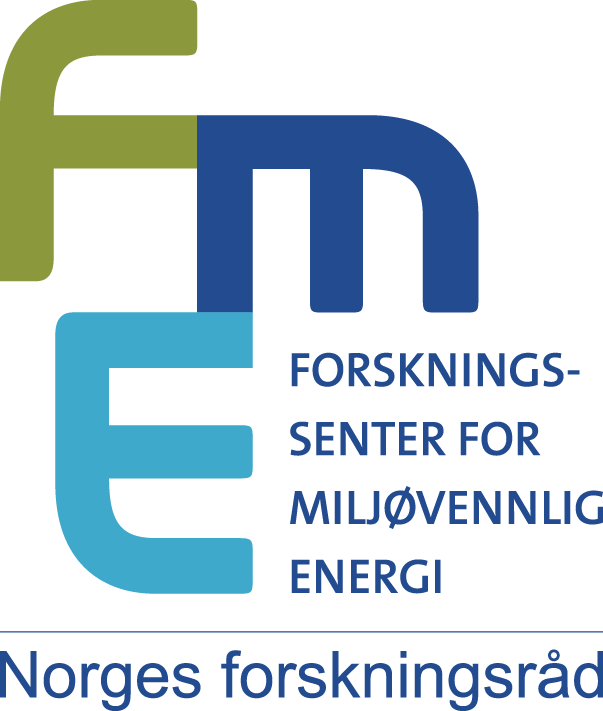
Project Host:
HydroCen, NTNUProject Manager:
Ole Gunnar DahlhaugProject duration
2020 – 2024Partners
NTNU
NINA
EDRMedeso
NORCE LFI
Sintef EnergiParticipating scientists:
Odne Burheim, NTNU
Torbjørn Forseth, NINA
Bruno G. Pollet, NTNU
Love Håkansson, EDRMedeso
Ulrich Pulg, NORCE
Hans-Petter Fjeldstad, SINTEF
